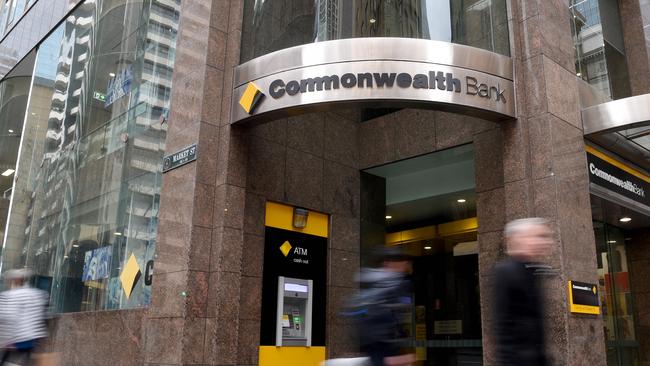Size matters as CBA scoops up deposits

You almost have to take pity on the bank’s rivals as deposits surged to 74 per cent of lending, up a staggering 5 percentage points from a year ago and a transforming 19 points from the depths of the financial crisis in June 2008.
CBA’s level of deposit funding is a record, and the increase from a year ago is also unrivalled.
Spectacular asset or profit growth tends to generate much more excitement for banks than big movements on the humdrum, liability side of the balance sheet.
It’s more the credit rating agencies and international investors who get animated by the level of deposit funding.
They tend to have long and painful memories of the sector’s overexposure to volatile short-term funding markets in the financial crisis, not to mention long-term wholesale debt.
While the entire sector has learnt its lesson and improved its funding profile, CBA is in a league of its own.
Since 2008, short-term wholesale debt has dropped like a stone from 26 per cent of total funding to 8 per cent.
Long-term wholesale debt has eased back from 19 per cent to 18 per cent, but importantly 69 per cent of the book has an average maturity of 5.3 years.
In the financial crisis, about 44 per cent was long-term with an average maturity of only 3.5 years.
CBA’s appeal to investors extends well beyond its ownership of the nation’s leading home-loan franchise, which is more stable than business lending in a crisis.
As countries around the world respond to the upheaval caused by COVID-19, loss-absorbing capital and funding and liquidity have assumed even greater importance.
Even with a 95c final dividend — down from $2.31 in a nod to APRA’s latest guidance restricting distributions to less than half of earnings — CBA finished its June year with a common equity tier one capital ratio of 11.6 per cent.
Sure the bank has been helped by timely asset sales, but it’s a comfortable premium to the 10.5 per cent “unquestionably strong” benchmark imposed by the regulator.
As to the reasons behind CBA’s deposit growth, a lot of it rests on the old argument that size begets size, particularly when the outlook is so uncertain.
The June half-year turned out to be a feast for the nation’s biggest bank.
A $15bn increase in household deposits to $279bn enabled CBA to lift its share of the segment from 26.8 to 27.1 per cent.
The bank’s three domestic rivals could only manage second-half increases of $10bn, $8bn and $8bn.
A similar story unfolded in transaction account balances, which leapt 16 per cent from $189bn to almost $220bn.
Comyn cited the importance of growth in transaction accounts, driven by the fact that more than 35 per cent of customers regard CBA as their main financial institution compared with only 16.8 per cent for its nearest rival.
“Some of that (growth) came from investments in real-time banking and core banking, and we certainly think our investments in digital have accelerated that,” the CBA chief said.
“We’ve done very well in retail and business, and from an institutional perspective it’s been more volatile, as you’d expect.
“Early on it increased — a number of large institutional customers were making sure they had adequate liquidity on hand,” Mr Comyn said.
On a broader note, CBA disappointed some analysts by missing consensus earnings estimates.
Interest income fell, as did revenue and the bank’s margin.
However, it was hard to fault CBA’s performance on balance sheet strength and funding.







Matt Comyn has turned Commonwealth Bank into a deposit-munching machine, leveraging CBA’s massive scale and the now-familiar flight to quality in a volatile business environment.